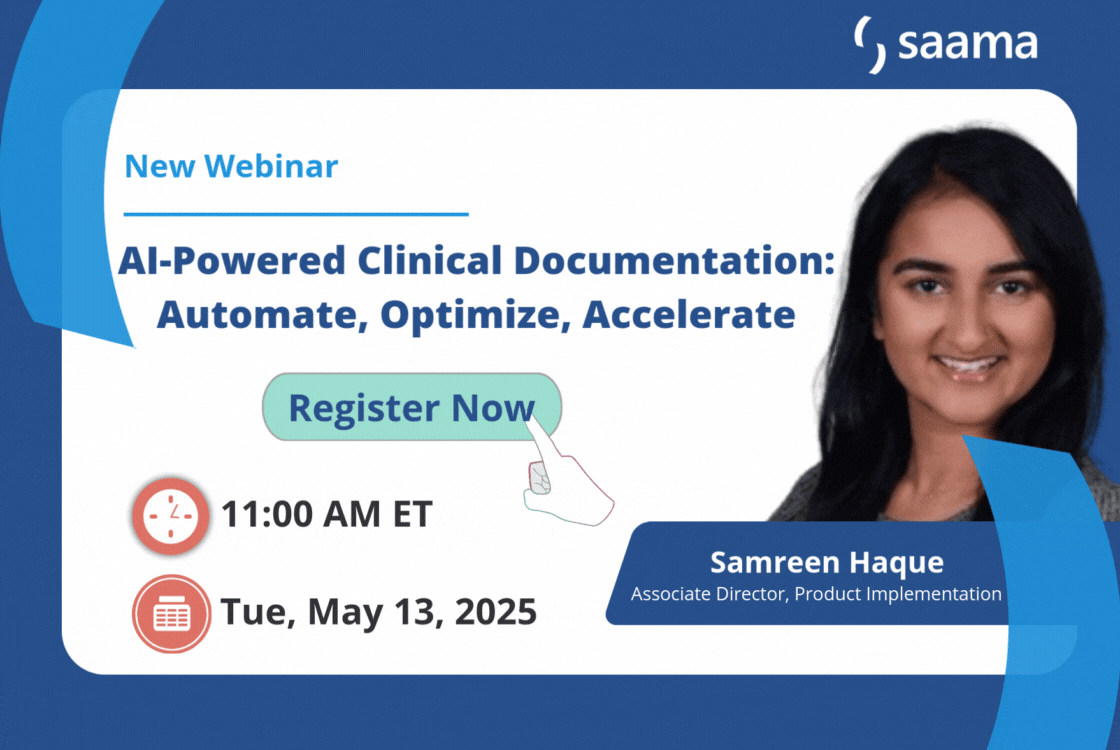In today’s introductory post on Generative (Gen) AI, we’ll be taking a high-level look at how it works, as well as practical applications and use cases for it across industries.
Gen AI as a technology is appearing in more and more industries, with practically unlimited application and use-case potential. McKinsey estimates the economic potential of Gen AI to be between $2.6 – $4.4 trillion annually. But while Gen AI is a new and exciting branch of AI technology, it’s important to carefully evaluate if it’s right for your business and objectives before investing in it.
What is Gen AI?
Put simply, Gen AI is a type of AI technology that can generate new content based on model training and prompt inputs. This content can include text, images, video, audio, and code. Gen AI consists of three subsets: foundational models, large language models, and conversational AI.
Foundation models are broad AI models that act as a base or foundation for building or training other AI applications. Large Language models (LLMs) are a type of foundation model trained exclusively on text data for generating language. Conversational AI uses natural language processing (NLP) to replicate and produce human conversations.
How does Gen AI work?
Gen AI produces content based on tokens. Tokens are units of text or code that LLMs use to process and understand prompts, as well as generate text based on them. Tokens can include words, parts of words, sentences, clauses, symbols, or characters. The model assigns a number to each token processed. Each number, in turn, is assigned a vector that helps the model determine what the output token should be.
For example, if you type in, “The student studied in the” into an LLM, the LLM will assign tokens, numbers, and vectors to determine that the most probable token output would be the word “library”, instead of “restaurant”.
Gen AI relies on prompts to guide it to the results the user is looking for, making prompts central to Gen AI capabilities. The quality of the prompt has a direct effect on the quality of the results. Prompt engineering focuses on optimizing prompt quality, comprehensiveness, and conciseness to produce favorable, accurate outcomes from the model.
There are three categories of LLM prompting: zero-shot learning, one-shot learning, and few-shot learning.
Zero-shot learning consists of a prompt that contains no examples that the model can analyze. One-shot learning consists of prompts that contain one example, and few-shot learning consists of prompts that contain more than one example.
Practical applications of Gen AI
Gen AI’s potential is continuously evolving and new use cases for its abilities will keep emerging. Currently, however, there are five primary application categories for Gen AI, including:
- Visual applications – Gen AI can produce, modify, and analyze visual content (like images and videos). For example, it can generate a video or image, enhance an image or video, and generate virtual reality and simulations for entertainment and training.
- Text applications – LLMs can be used for language translation, content creation like writing a book or business copy, text summarization, and powering chatbots and virtual assistants.
- Audio applications – Gen AI models can use algorithms and machine learning to create new sounds from existing or inputted data, including music, songs, audio clip restoration and enhancement, audio captioning, and speech-to-text transcription.
- Conversational applications – Conversational AI facilitates natural, humanlike conversations between people and AI systems using natural language understanding (NLU), natural language generation (NLG), speech recognition, and dialogue management.
- Data augmentation – Gen AI can create new, synthetic data points that can be added to already existing datasets for improving the size and diversity of training data used in machine learning (ML) and deep learning application development.
Conclusion
Remember, at the end of the day, Gen AI is a tool, not a standalone solution that can replace human intelligence and critical thinking. If you’re thinking about deploying Gen AI within your business, it’s vital to always have at least one person monitoring its output and results, and making final decisions regarding what to do with them.
Never let Gen AI, or any AI, run autonomously without human intervention and monitoring, as it’s still subject to mistakes, biases, and inaccuracies. If you’d like to learn more about Gen AI, particularly its use cases within clinical trial development and management, head over to our blog to read more.
Interested in discovering how Saama incorporates Gen AI and other AI-powered technologies into its suite of solutions for clinical trials? Book a demo with us and we’ll walk you through it all.

